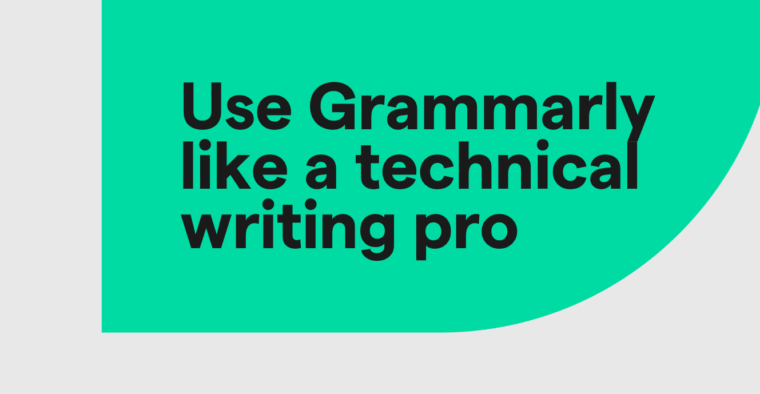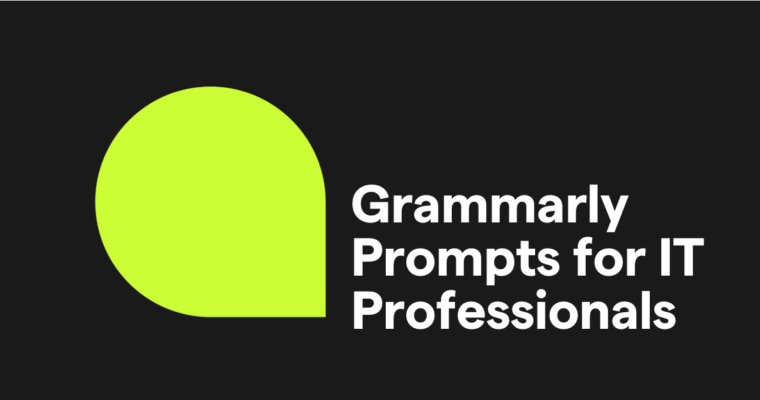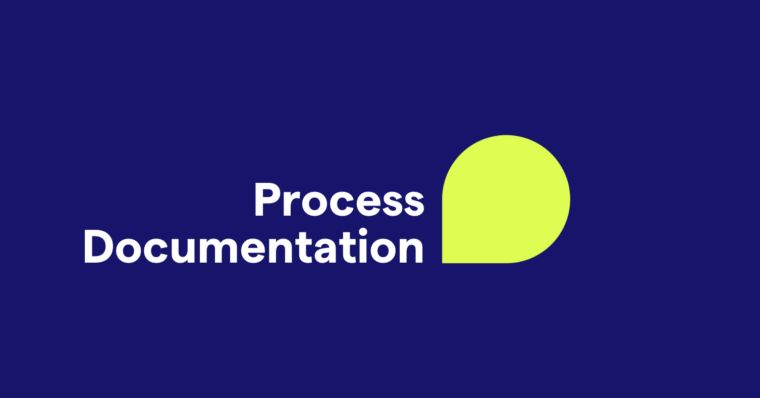
Written presentations are a powerful way to share ideas—if you create a deck that communicates your points clearly and effectively.
Other communication factors might influence your presentation’s success, like your oratory techniques and body language. However, a well-written presentation is a resource that your audience can revisit long after you’ve shared it.
Whether you’re communicating the results of a work project or creating a college final presentation, here are a few tips to remember while writing slides.
How to write an effective presentation
1 Keep text on slides lean
A 2019 presentation design report by Venngage, an infographic design service, surveyed 400 presenters at the 2018 MarTech conference. It found that more than half (54.9%) of respondents said presentations had less than 25% text.
The audience has the challenge of not only listening to what you’re saying but also reading unspoken physical cues (e.g. hand gestures, eye contact, etc.)—in addition to reading the text on your slides. Using slides to present a full-fledged essay, for example, is one of the common presentation mistakes to avoid.
Instead, draw out immediately relevant information from your narrative and feature these core ideas and points on slides. Some presenters use the “6×6 technique” to avoid getting too wordy in their presentation. This guideline suggests using no more than six bullet points or lines per slide with no more than six words per line.
2 Stick to one idea per slide
Like keeping slides visually uncluttered, focusing on one key idea per slide can help your audience easily follow along. Too many ideas on one slide can detract from the importance of each idea.
By featuring only one idea or claim per slide, you’re also giving the idea room for visual impact. For example, you can experiment with fonts and image sizes to deliver the effect you want.
3 Simplify your sentences
One way to minimize the amount of text on your presentation is by using punchy phrases that aren’t full sentences.
For example, instead of writing, “The advantages of fondant icing are that it’s great for sculpting various cake designs, it’s easy to roll out into a smooth sheet, and it locks in the cake’s moisture,” you can simplify this idea as:
Fondant pros:
- Sculpting designs
- Smooth roll-out
- Keeps cake moist
Concise phrases that aren’t full sentences and include less punctuation (e.g. commas and periods) communicate the message without distracting text.
4 Include powerful visuals
The same Venngage survey found that 84.3% of presenters highly focused on visuals when creating their presentations. Adding visual elements to your presentation makes your deck more engaging and dynamic.
The caveat, however, is that visuals used as an afterthought can counter your idea rather than complement it. Visual elements like a nostalgic photo can appeal to the audience’s emotions in a way that a generic stock photo might not.
Similarly, using eye-catching graphs and charts to simplify complex information instead of writing out a slew of statistics as text can keep your audience from getting overwhelmed with data.
5 Write for your audience
When it comes to the words you use in your presentation, it’s important to keep your audience in mind. Are you speaking to a room of tenured professionals on the topic? Does the audience have mixed levels of knowledge about your subject matter?
Depending on who your presentation is for, consider whether it’s appropriate to use jargon that might isolate your audience. Even if you’re speaking to peers who are familiar with the technical language, explaining your point without jargon might keep your audience engaged about your idea.
6 Don’t use slides as notes
An effective presentation has elements that don’t always make it into the presented deck. An anecdotal story during your introduction, for example, is a presentation technique that’s more effective when spoken rather than written on a slide.
A fundamental presentation mistake is reading off of your presentation deck, word for word. Not only does this go against the first tip shared above, but it also leads to a disengaged, bored audience. After all, if all of your notes are written on the slides, you might as well share the deck with the audience digitally and spare everyone’s time.
When using presentation tools like Microsoft PowerPoint, use features like the speaker notes pane. This feature lets you write down points you’d like to expand on during your presentation without placing it on a slide.
By applying these simple presentation tips, you’ll be in a stronger position to inform, inspire, entertain, or activate your audience through a clear message.
Take advantage of Grammarly’s AI business tools to help bring your ideas to life:
- Our AI business name generator helps you instantly generate catchy, brandable company names that resonate with your audience and industry.
- Our AI business plan generator helps you create a personalized, compelling business plan executive summary.
- Our AI value proposition generator helps you generate a compelling value proposition statement.
- Our AI slogan generator helps you create a catchy slogan that captures the essence of your brand, campaign, product, or service.






